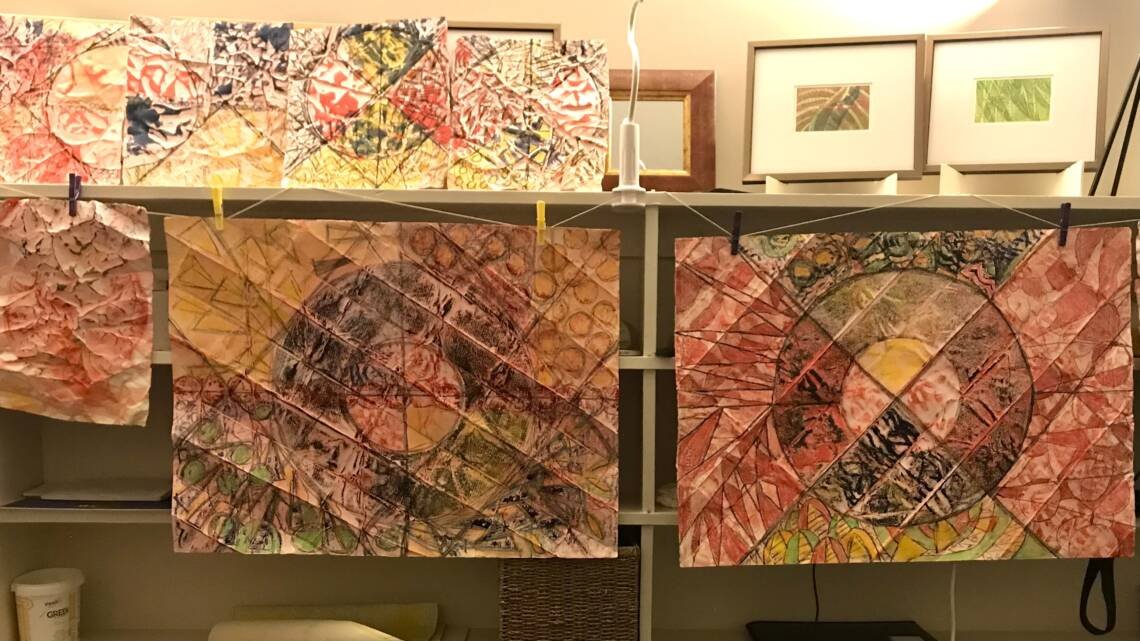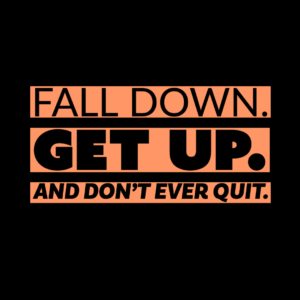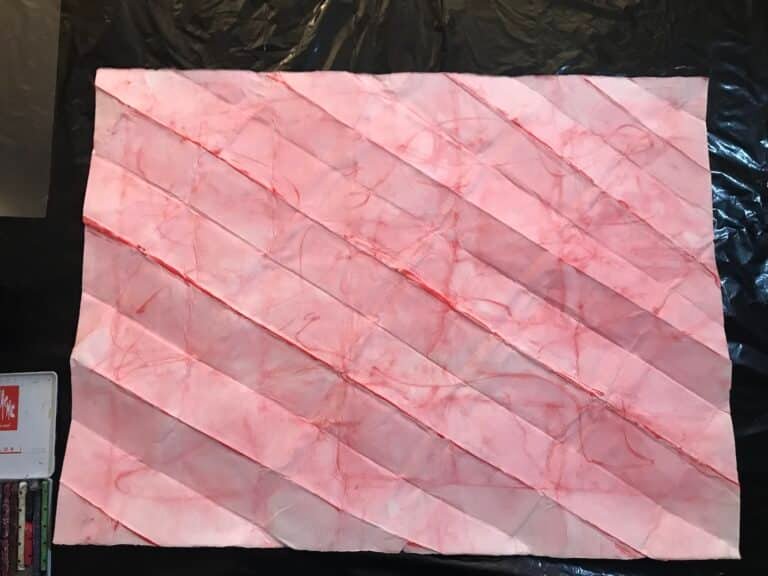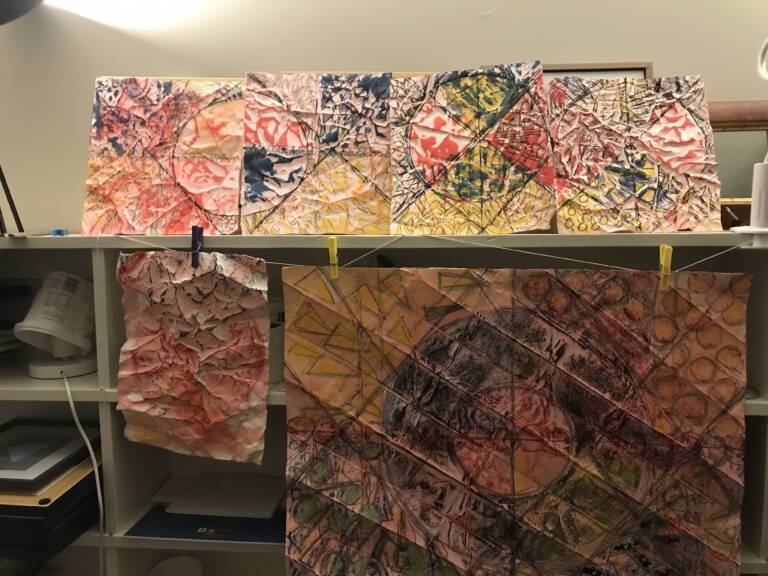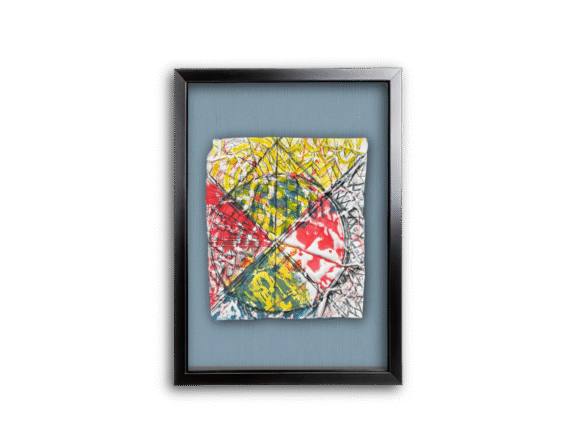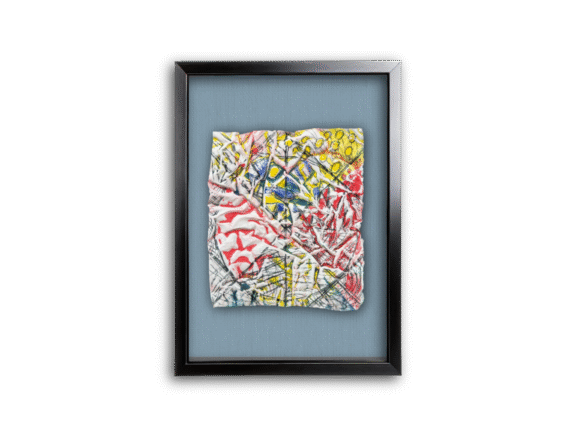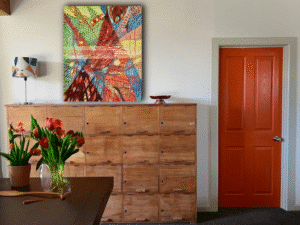Printing with Oil-based Ink
Printing with oil-based ink is a huge change from my previous experience of monoprinting with water-based Inktense.
Admittedly, some of the challenges with using oil-based ink stemmed from my own lack of discipline, which I’ll get to in a moment.
Super-duper rough paper
With each subsequent Red Playground set, I’m determined to make the surface of the support even more dramatic than the prior. Accordingly, I soaked the support multiple times to totally soften the paper, followed by staining with Inktense. Then, I accordion-folded and tightly banded the two rolled bundles to dry over our wood-burner.
Forms to transfer the ink
Then I searched for materials to transfer the ink onto the paper.
Cardboard circles
To begin, I really enjoyed the effect of using cardboard circles from strapping tape spools to imprint the main circles. The results highlight the beautiful texture.
Next day, I rolled yellow directly onto one quarter of the circular shapes from the previous day. This gave a lovely green on top of the earlier black layer.
Woven strapping mat
Then, I used a mat which had been woven from strapping tape at an earlier Sue Cooke printing workshop, where it had printed beautifully on smooth paper. However, it failed to transfer any yellow onto these rough paper works.
Cardboard rectangles
Consequently, I tried rolling yellow ink onto rectangular cardboard shapes and monoprinted them onto the treated paper. Steady, repetitive monoprinting eventually gave pleasing results.
Printing roller blocks
I used printing roller blocks carved at the Sue Cook Workshop to add red and blue oil-based ink.
Canvas strips
The messiest part came from using strips of canvas to print yellow and blue because I hadn’t properly cleaned one of the printing roller block ends after the workshop. The inked strips served to add complex texture.
The transfer of oil-based ink onto the rough substrate was no easier than it had been with Inktense. However, clean-up from oil-based ink was massive.
Equipment Issues
Then, there were technical difficulties when my iPhone camera stopped working because of lack of memory space. This is, of course an ongoing issue for all content editors, particularly when making videos.
First world problems
I like to remind myself that I do, indeed, live a first-world existence. Indeed, resilience is key to studio life.
I look forward to showing you the results from these efforts in the next video, which can be seen by clicking below.
Click here to view the finished work and read about overcoming failures and setbacks in the studio.

